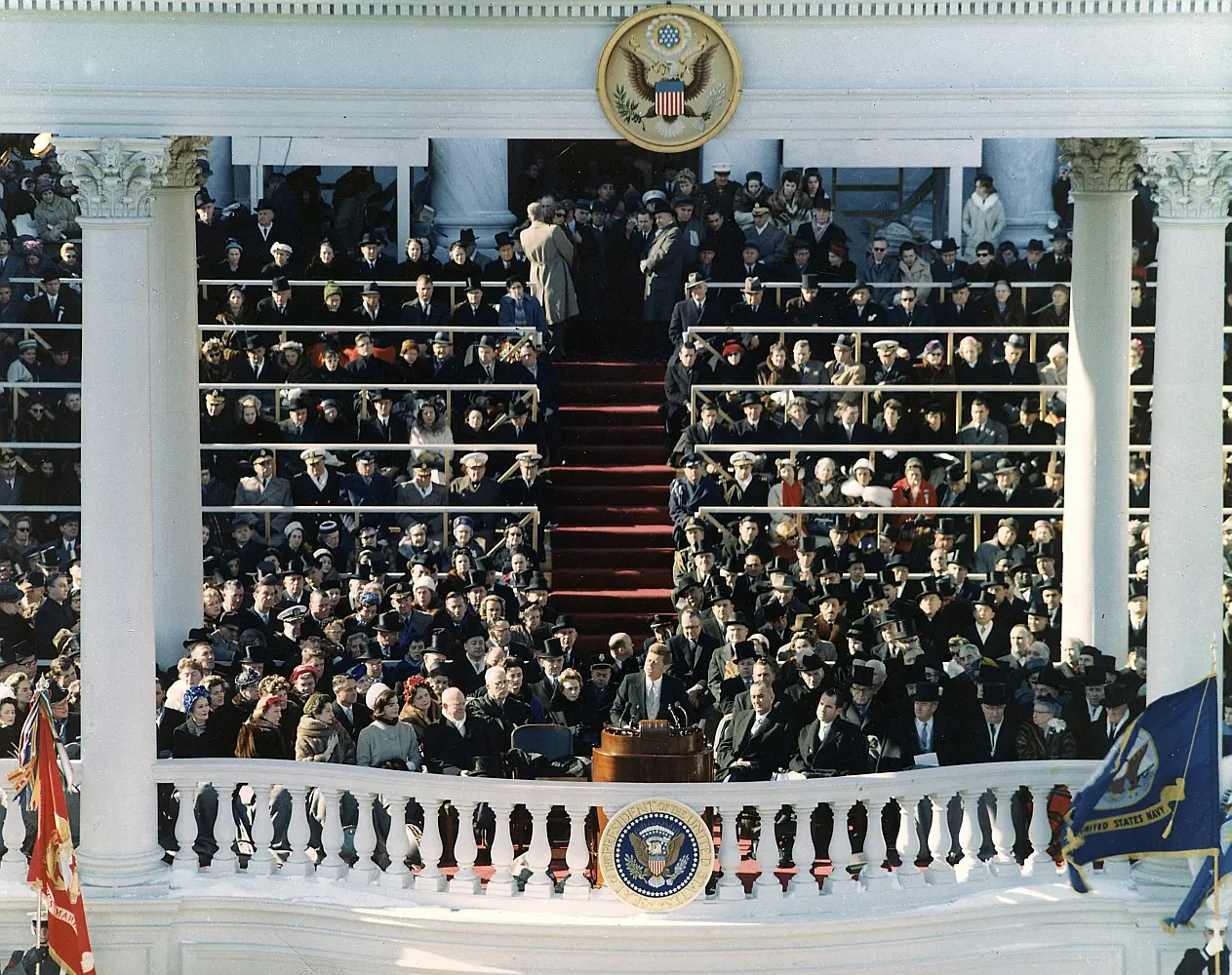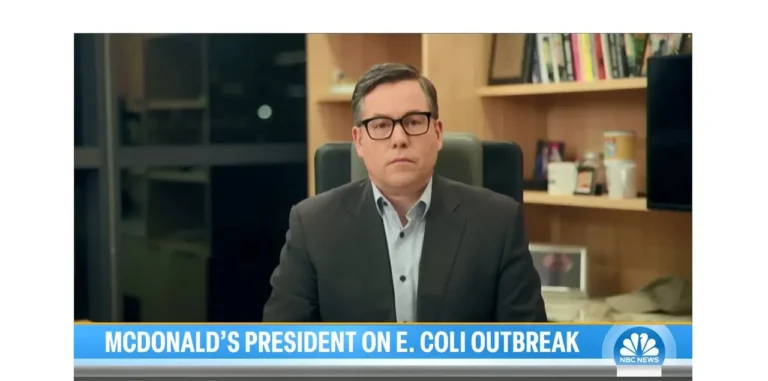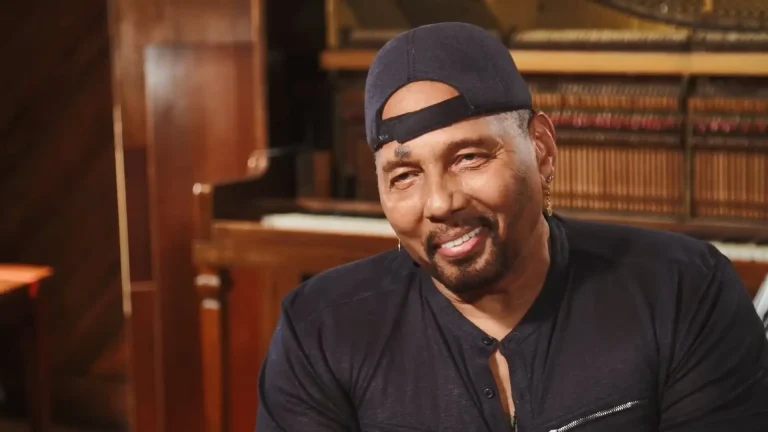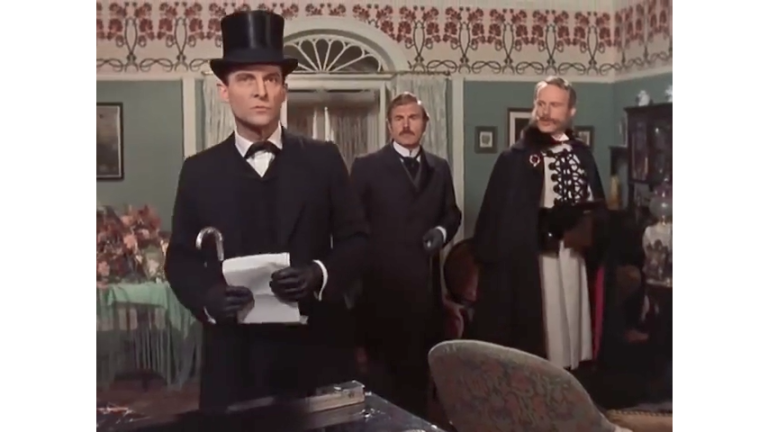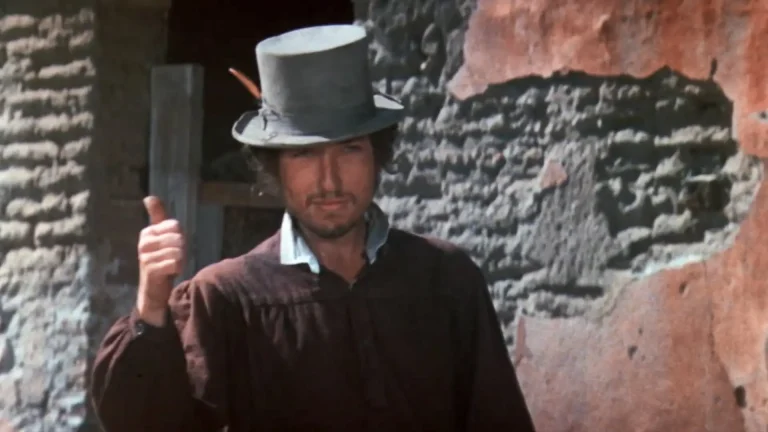Learn How to Write from Great Writing
Whenever you see a terrific sentence, stop and ask yourself what makes it so good?
In his 1961 inaugural address, John F. Kennedy delivered one of the most often quoted political speeches in American history. It’s also one of the most studied.
Reading powerful writing closely is an important way to improve our word choices and the sound and structure of our sentences. One line from Kennedy’s 1,355-word speech is among the examples that Geraldine Woods draws upon in “25 Great Sentences and How They Got That Way,” an enjoyable guide to anyone who wants to write better.
The book, published in 2020, outlines a practice that all professional communicators, no matter the level of their expertise, should follow: When you see a great sentence, pause to think about what makes it work. For everyone who’s had an inspiring English teacher, they’ll be happy to learn that Woods has taught the subject at every level from fifth grade through Advancement Placement, in addition to being an author.
Kennedy and Ted Sorensen, his long-time speechwriter and close advisor, discussed the speech a few weeks after the Nov. 8, 1960, election, one of the closest contests in U.S. history. At 43, Kennedy remains the nation’s youngest elected president and was the first Catholic. In the speech, the incoming president wanted a “call to sacrifice on the New Frontier,” the tagline for his political agenda, according to Sorensen’s notes.
Sorensen delivered the first complete draft of the speech in time for Kennedy to dictate his own version on Jan. 10, 1961, just 10 days before the inauguration. After that came several more drafts and edits.
All writing benefits from rewriting, especially presidential addresses.
Most of the Inaugural Address was about Cold War tensions with the Soviet Union. But it is best remembered for its stirring summons to public service. Historian Thurston Clarke says Kennedy took an active role in the writing, including the line that Woods chose for her book:
“Ask not what your country can do for you ― ask what you can do for your country.”
Crossed sentences
The words in each arm of the sentence are nearly the same, Woods writes. The change in word order creates a crossroads of two paths, each marking a different philosophy. Such “crossed sentences” sometimes present two alternatives or define and compare two subjects. Word repetition is also an important structural ingredient.
Other examples of crossed sentences:
- Groucho Marx: “Money will not make you happy, and happy will not make you money.”
- Cicero: “One should eat to live, not live to eat.”
Crossed sentences is one of more than two dozen categories of sentences that Woods examines, with examples that make for delightful reading and sometimes fond memories.
Here’s another sentence that caught Woods’ eye, or ear: “Not all of us can always be Jackie Robinson ― not even Jackie Robinson was always Jackie Robinson.”
The sentence is from “Between the World and Me,” Ta-Nehisi Coates’ analysis of racism written in the form of a letter to his son. It refers to the first Black to break major league baseball’s color barrier in 1947, his remarkable calm in the face of racist hate, and his rare angry responses.
Negatives
The sentence draws strength from two negative expressions, “not all of us” and “not even,” Woods writes. A more straightforward version of the sentence would not be nearly as effective, such as: “Some of us lose our temper occasionally and make mistakes, even Jackie Robinson.”
Woods also notes that the repetition reinforces its point. The first and third Jackie Robinsons are the strong, stoic hero, while the second one is the human being with natural emotions. Repetition also gives the sentence rhythm, I would add. One of the nice things about Woods’ book is that it prompts readers to think for themselves about the writing.
Here are two other examples of the smart use of negatives:
- Mary Norris of The New Yorker on Virginia Woolf: “She did not know Greek the way bees do not know pollen.”
- In “Ferris Bueller’s Day Off,” Principal Rooney says: “Ferris does not have what we would consider to be an exemplary attendance record.”
(Not all of Woods’ examples are from high art!)
Simplicity
In another chapter, Woods reminds us of the importance of plain language, saying, “Writing with simplicity can be a complex process.” It’s a lesson for those communicators who grumble about dumbing things down.
As one example, she chooses the headline from A.M. Rosenthal’s story about a visit to a concentration camp in 1958, fourteen years after the end of World War II in Europe: ”There is no news from Auschwitz.”
Rosenthal’s lede to the story highlights the incongruity of his visit to “a place of unutterable terror” on a sunny day where children were playing on green grass near the gates. The simple headline works because it acknowledges that nothing could adequately describe the suffering of Jews there, Woods says.
I would add that its power also comes from its irony. From a place where there had been so much horrible news, no news was good news.
Sorensen himself was no slouch when it came to knowing what makes sentences great. And for professional communicators who feel that their bosses do give them enough time to be creative, he could sympathize.
In an interview in 2009, one year before his death, Sorensen, referring to Kennedy, said: “No matter how many speeches he wanted me to write, he didn’t hesitate to pile other duties upon me.”
Tom Corfman is an attorney and senior consultant with Ragan Consulting Group, where he helps lead the Build Better Writers program.
Contact our client team to learn more about how we can help you with your communications. Follow RCG on LinkedIn and subscribe to our weekly newsletter here.

